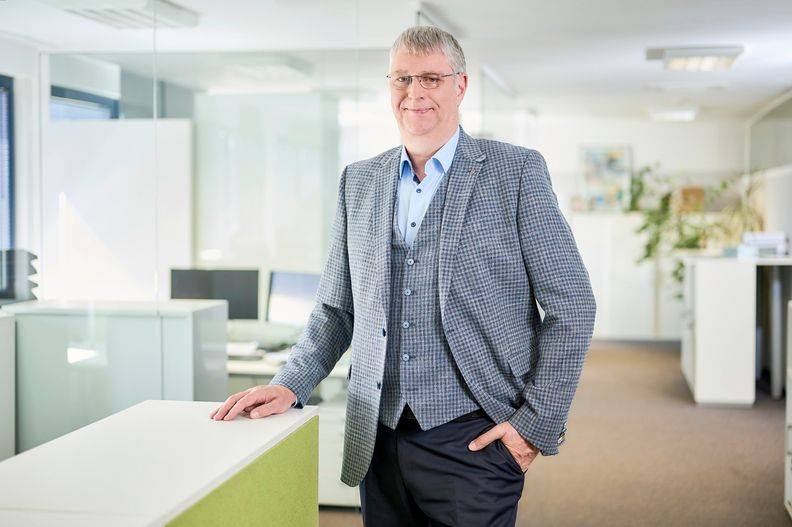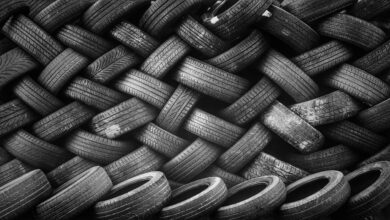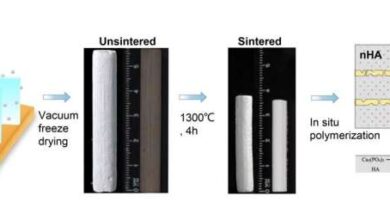
Iranpolymer/ Baspar In its ‘Let’s talk about Chemical Recycling” series, the Plastics and Rubber Machinery division of the German VDMA association talks to experts and stakeholders active in the chemical recycling space. Here, Michael Ludden, managing director of Sutco Recycling GmbH stresses the need to regulate material streams: “There must not be a cannibalisation of material flows”.
Mr. Ludden, what potential does chemical recycling have in your view?
The potential is clearly between mechanical processing and energy recovery. When incinerating, only the energy of the plastic waste is used, the material itself is lost; therefore, new material has to be obtained from fossil resources. But unlike mechanical recycling, chemical recycling breaks down these compounds instead of utilising existing polymers as material.
In practice, in which area is it feasible?
For me, chemical recycling becomes feasible whenever mechanical recycling proves difficult. It makes sense to break up the carbon compounds, clean them and polymerise them again. That is not taking place at the moment, however. Unfortunately, the crux of the matter is that chemical recycling currently only deals with reprocessing of polyolefins such as polypropylene and polyethylene. These plastics consist only of chains made up of carbon and hydrogen. The large amount of other plastics that also contain nitrogen, sulphur or oxygen is not the focus of chemical recyclers, because these substances interfere with pyrolysis. However, polyolefins can be processed very well in mechanical recycling. This type of recycling is ecologically much more sensible because the plastics remain intact in their composite structure. Firstly, no material is destroyed, and secondly, fewer resources, less energy and less water are required for reprocessing. If chemical recyclers now also use the material that the mechanical recyclers can process very well, this will lead to a cannibalisation of the material flows. This must be prevented at all costs.
How will chemical recycling develop?
Chemical recyclers are currently in a pilot phase. The procedures are all only running on a small scale. Some plants have a capacity of maybe 10,000 tonnes a year. By comparison, we are building sorting plants for 100,000 tonnes today. Chemical recyclers will face problems that many don’t even see yet. On a small scale, they often don’t even materialise. One example is the treatment of foreign elements like sulphur or nitrogen. At 5,000 tonnes a year, the end product is still acceptable. At 100,000 tonnes, you suddenly have a large waste stream that has to be treated, resulting in the necessity to build desulphurisation plants and much more, something that will become very expensive. And that is one of the reasons why I am convinced that mechanical recycling will always be cheaper than chemical recycling. That’s why the main material flows will go into mechanical recycling. Still, policymakers have to be careful not to make mistakes in that regard.
sustainableplastics






